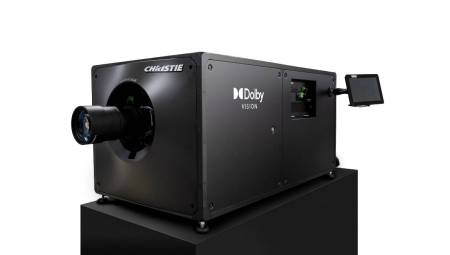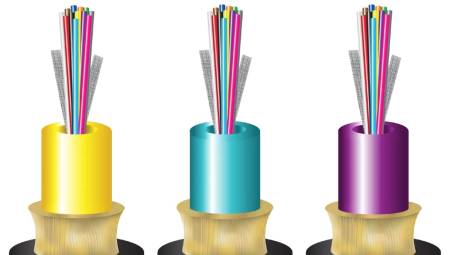 Latin America. The terms 4:4:4, 4:2:2, 4:2:0 or 4:1:1 are much mentioned as far as the AV industry is concerned. It is a technique that is better known as chroma subsampling, which is used to process images by reducing the resolution of the color without modifying the brightness, managing to reduce the capacity of space needed for storage and therefore reduce the use of bandwidth without degrading the image.
Latin America. The terms 4:4:4, 4:2:2, 4:2:0 or 4:1:1 are much mentioned as far as the AV industry is concerned. It is a technique that is better known as chroma subsampling, which is used to process images by reducing the resolution of the color without modifying the brightness, managing to reduce the capacity of space needed for storage and therefore reduce the use of bandwidth without degrading the image.
This is achieved by eliminating color information every second pixel without it being perceived by the viewer, an electronic image is composed of pixels, these can have different attributes one of them is called luminancia luma, which tells the pixel how bright or dark it should be and chroma chromanance, which tells it what color it has to be.
Each pixel does not need to have its own chromatic data these can be forced to share this data and be practically the same color without detracting from the image, the chroma subsampling determines how many pixels are being forced to be of the same color.
The conventional formula for writing the chroma subsampling radius is this:
J: A:B Where
J: how many pixels are we working on
A: How many pixels in the top row will have color samples
B: how many pixels in the bottom row will have color samples
Each pixel in a 4x2 grid has its color samples, no subsampling is being applied, and the scheme is: 4:4:4
In 4:2:2 every 2 pixels in the top row they have to share color samples and every 2 pixels in the bottom row they also have to share color samples, a lot of detail is lost, but you have an idea of the original image.
At 4:2:0 every 2 pixels in the top row, they still share color samples but the pixels in the bottom row do not have any data of their own. But they have to share what they have above.
With an image that uses chroma subsampling, the program or codec decoder must determine the information that is needed and reconstruct it using the values of the adjacent pixels and smoothing the calculated values.
Text written by the Colombian company Videonet.


















